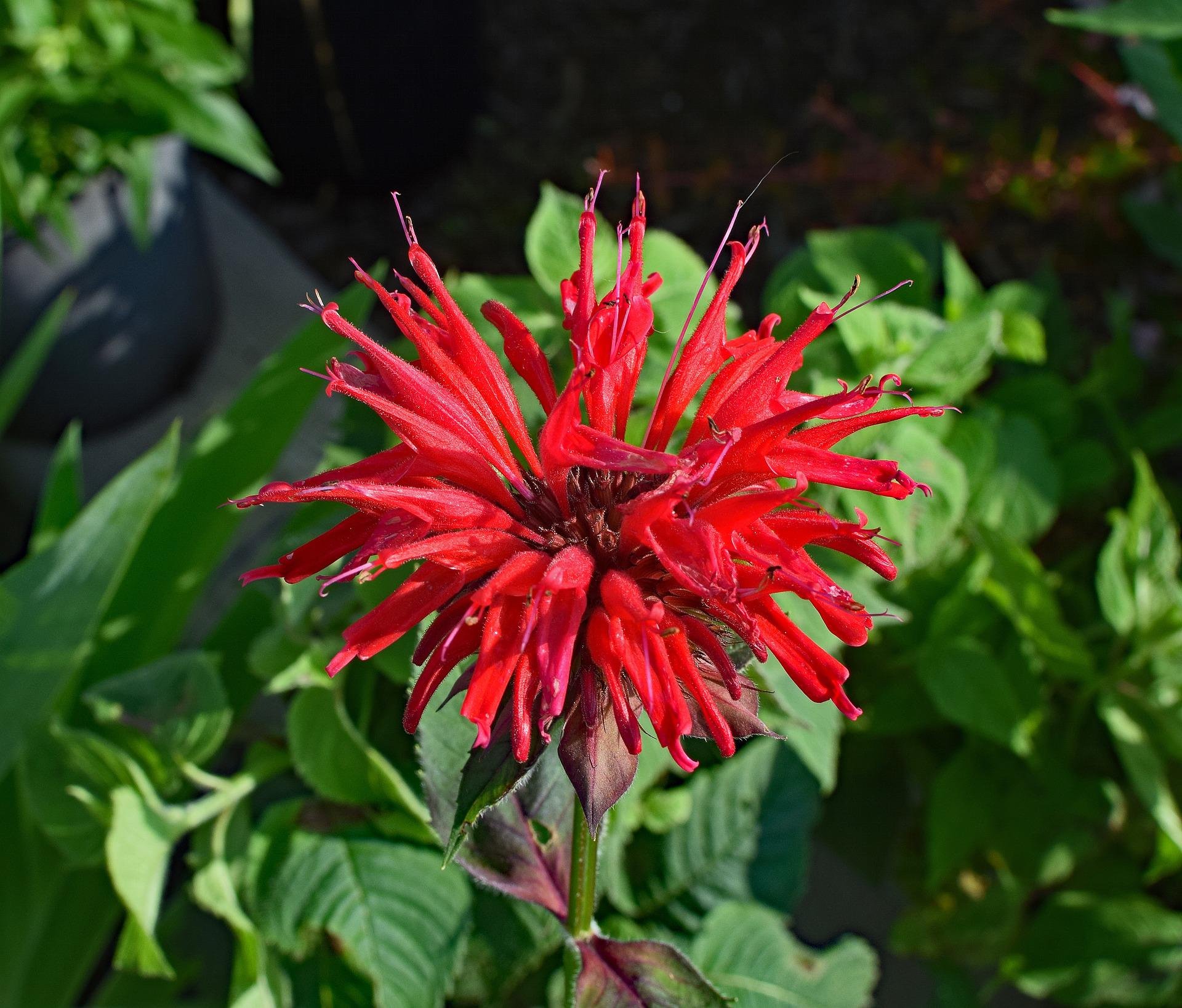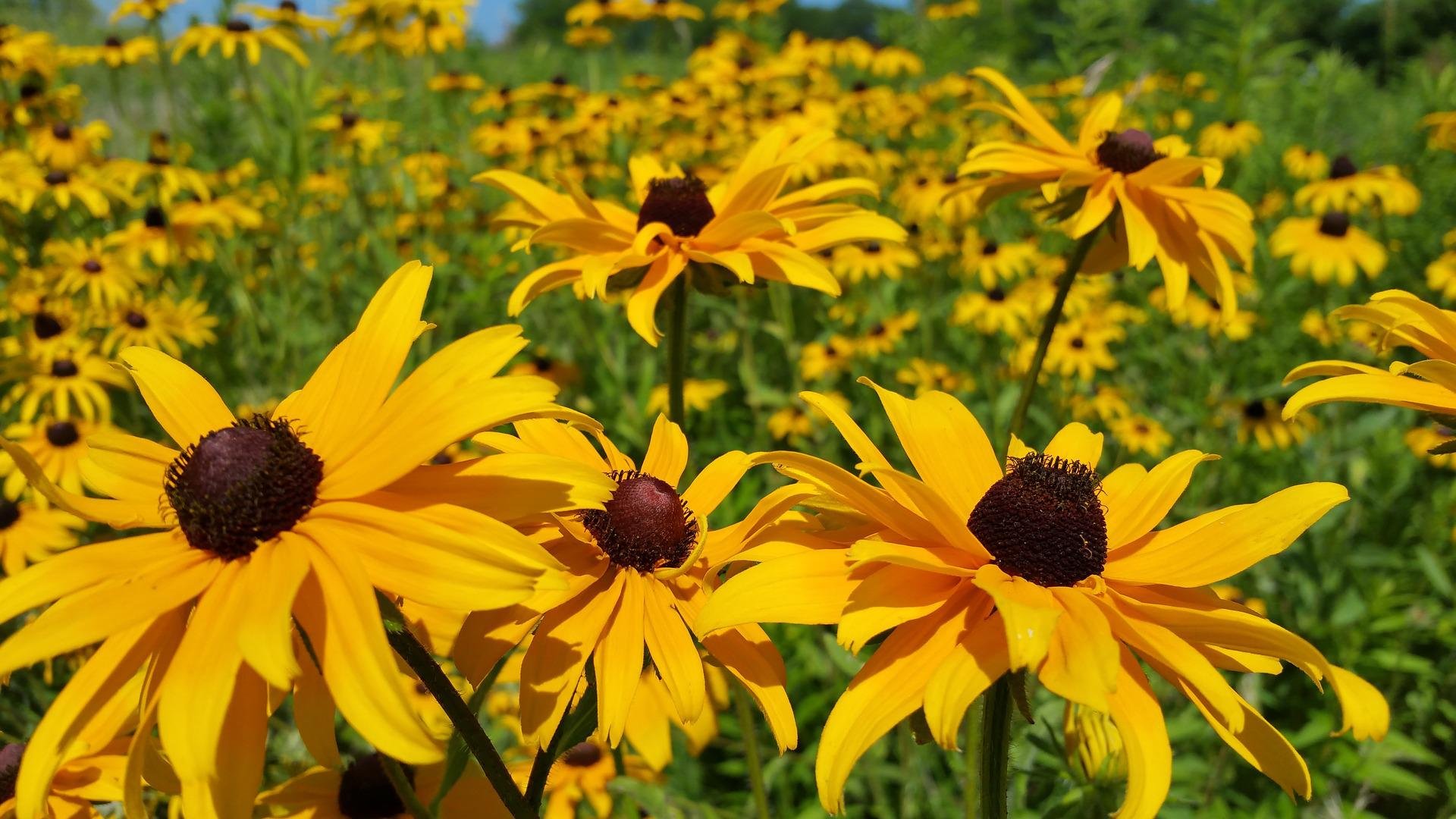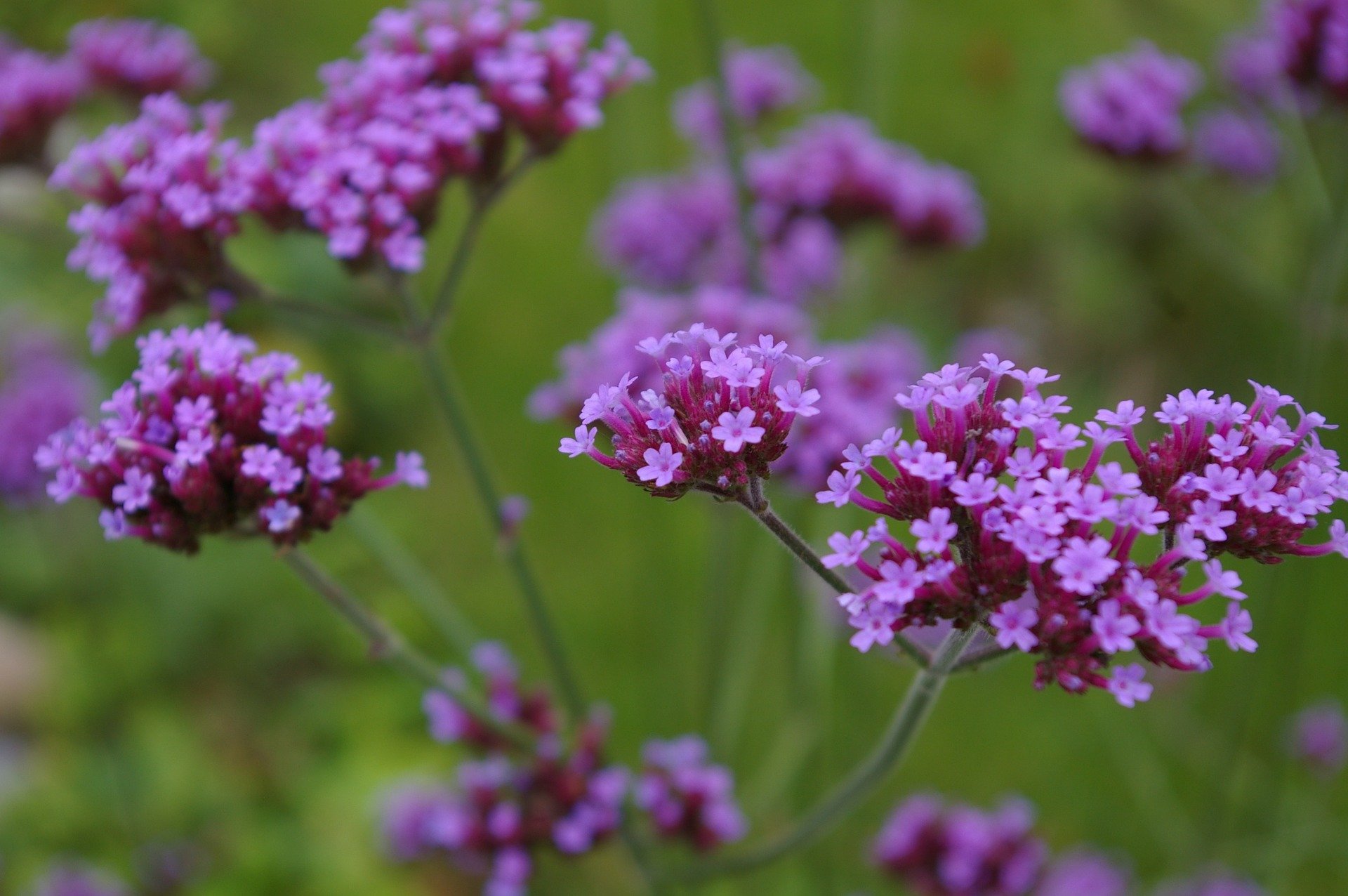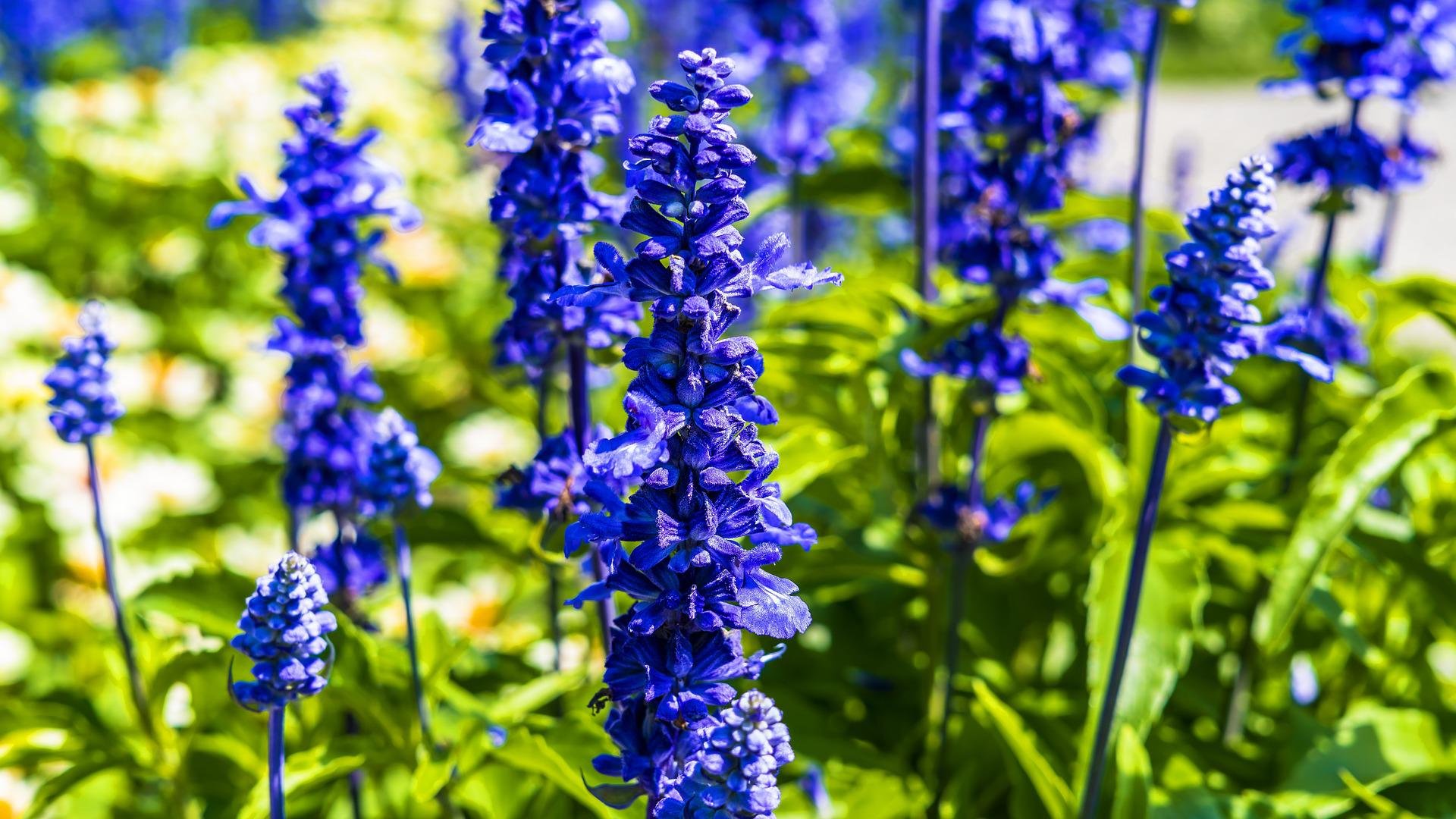All About Pollinators by Caroline Dillard





The best types of plants for pollinators are perennials. Perennials come back every year without having to be replanted. Some of the best perennials for pollinators include Milkweed, Bee Balm, Salvia and Lavender.
Why do we need pollinators & their role
Pollinators help to grow over 180,000 plant species, which is ⅓ of the food, vegetable, and nut supply. Pollinators are also essential to providing oils and fibers.
Pollinator populations are severely declining due to climate change, overuse of pesticides, and habitat loss. Declines in pollinator population will result in the availability of fresh produce.
The best ways to help pollinators are to plant native perennial (especially milkweed) species, give bees a nesting space, and avoid pesticide use
Solitary Bees
Bee houses accommodate solitary bees and gives them a place to nest. Solitary bees are effective and efficient pollinators because they will collect pollen from about every plant that blooms. They are able to collect more pollen and also help to pollinate native plant species.
Make Your Own Solitary Bee House
The bee houses need to be made out of hard wood (Maple or Oak)
The inside block of the bee house:
4 blocks cut 6x6 at 1 ½ inches thick
Pencil a grid of 16 holes and drill through each hole, as pictured above, keep all the holes through each block the same.
Screw two of the blocks together with 2 ½ inch screws and then add the third and forth block. One block shouldn’t have any screws on the front side.
Frame of the house:
All of the wood for the house should be ¾ inch thick
1 ¼ inch screws to assemble the frame of the house
Measurements:
Back: 7 ½ x 12 ½
Sides: 6 x one side is 10 and the other side is 8 ¼ (diagonal cut)
Bottom: 6 x 6
Top: 7 x 8 ½
Piece that goes across the front under the top: 6 x 1 ½
Mounting Top Piece: 9 x 1 ⅝
Steps:
Screw together the sides, the back, and bottom by putting the screws into the back of the house.
Add the piece across the front of the house that makes a square to put the bee house in.
Add the inside block ( there might need to be some sanding of the block in order for it to fit inside the frame. This block should be able to move in and out smoothly without any gapping)
Add the top piece and the roof
Pictured: Caroline Dillard with her grandfather Cal Cannon and Hatcher Garden Manager Dan Shook
Caroline Dillard has been working on her Girl Scout Gold Award Project at Hatcher Garden since Spring 2022. She planted pollinator plants and made bee houses and placed them in the WaterWise Garden Room. Come see the beauty and natural habitats she’s created!











